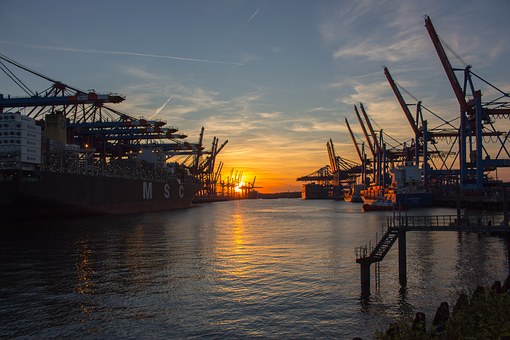
Carbon Trust analysis of 96 European ports reveals few are fully equipped to undertake quay-side operations necessary to support the floating offshore wind sector.
With significant growth potential, floating offshore wind will enable development in high-wind zones where the sea is too deep for fixed foundations. Currently the largest floating offshore wind project has a capacity of 30 MW, but organized infrastructure planning will be vital to accommodate vastly bigger projects and allow the floating offshore wind industry to reach commercial viability.
Captain Mike Frampton, co-author of the study, will be presenting LOC Renewable’s findings at WindEurope Hamburg, on Friday 28th September. He will be speaking during the Floating Offshore Wind – Supply Chain Perspectives session. LOC Renewables executives will also be attending WindEurope, and can be found on stand 304 in Hall B4.EG during the week.
Filed Under: Floating turbines, News, Offshore wind




